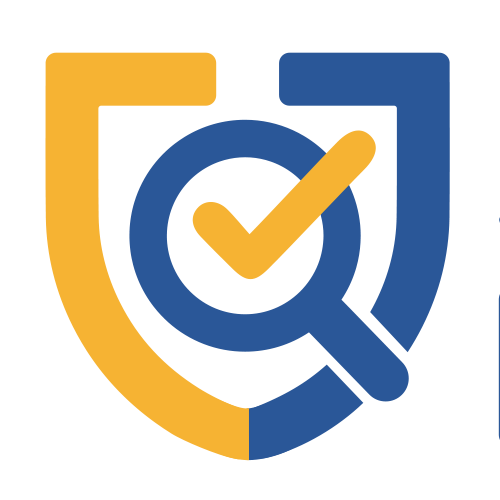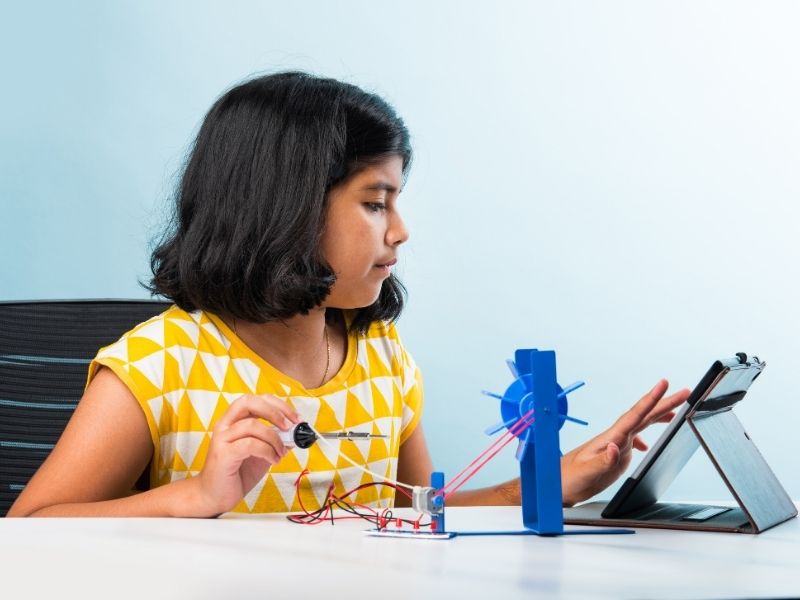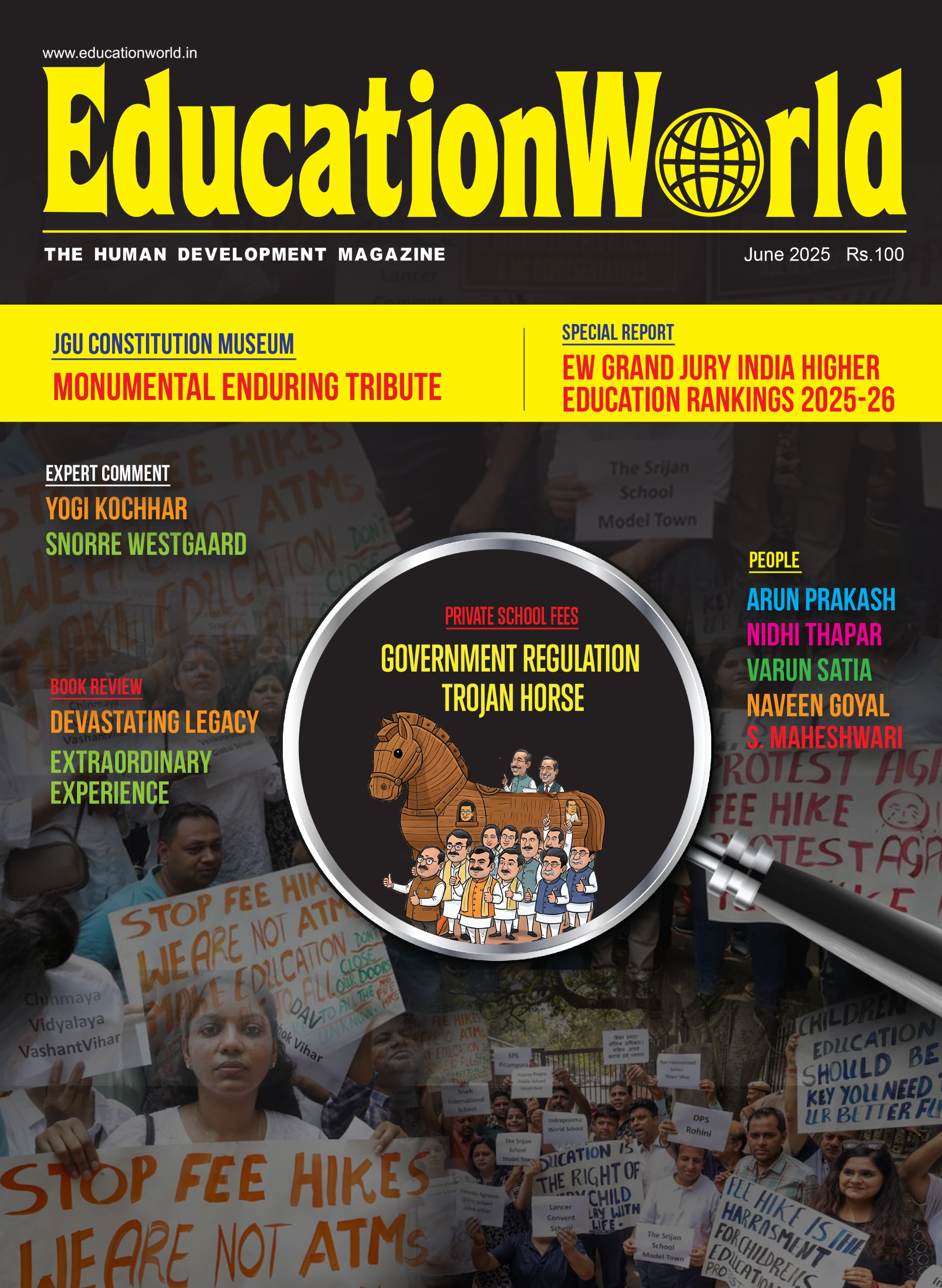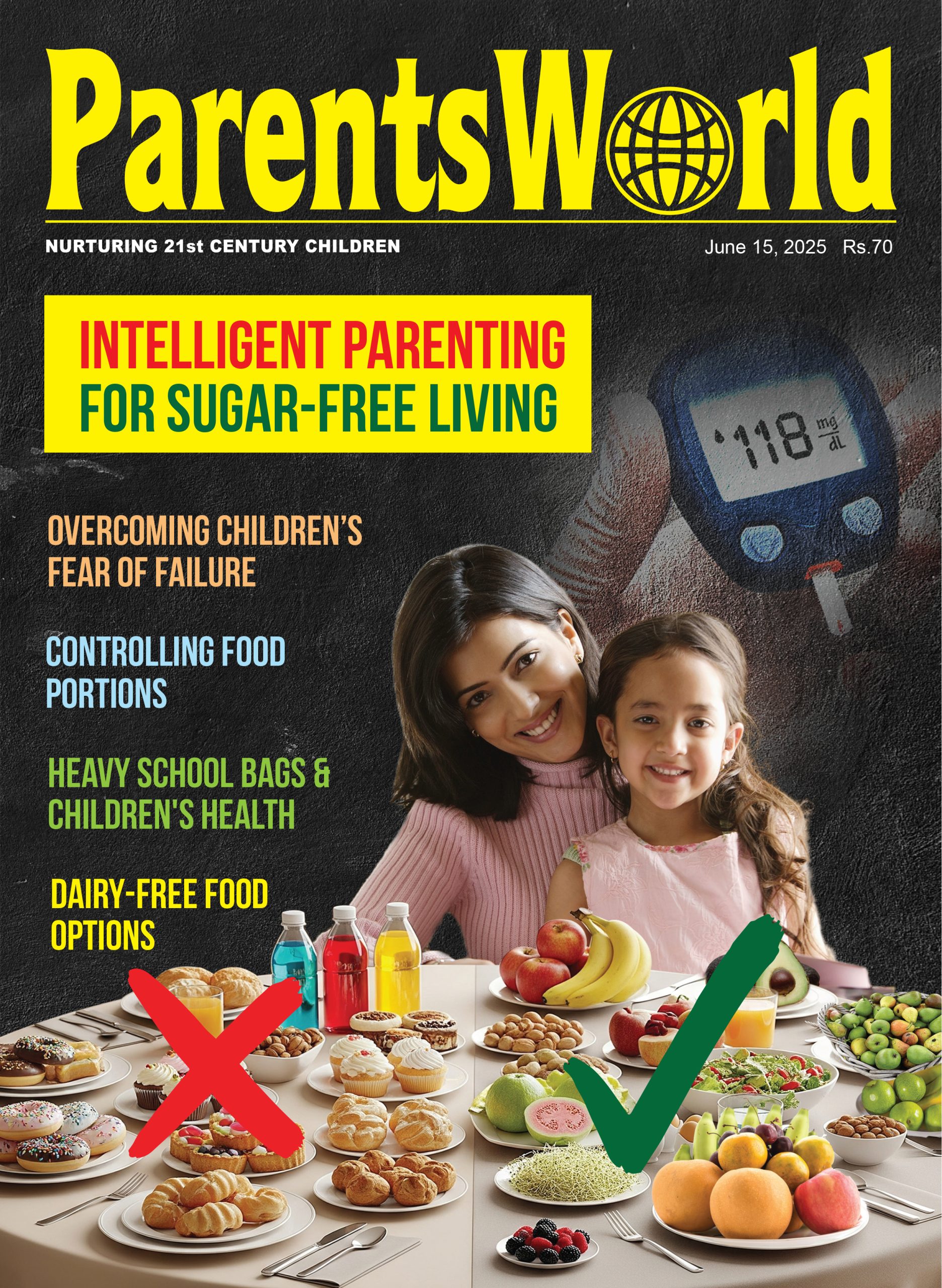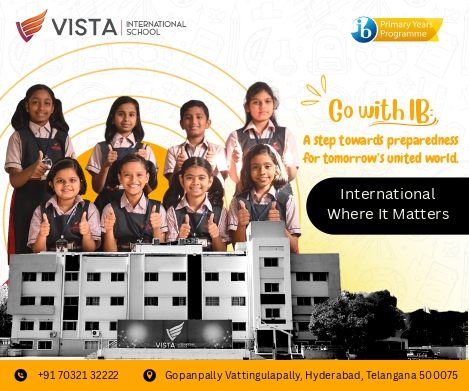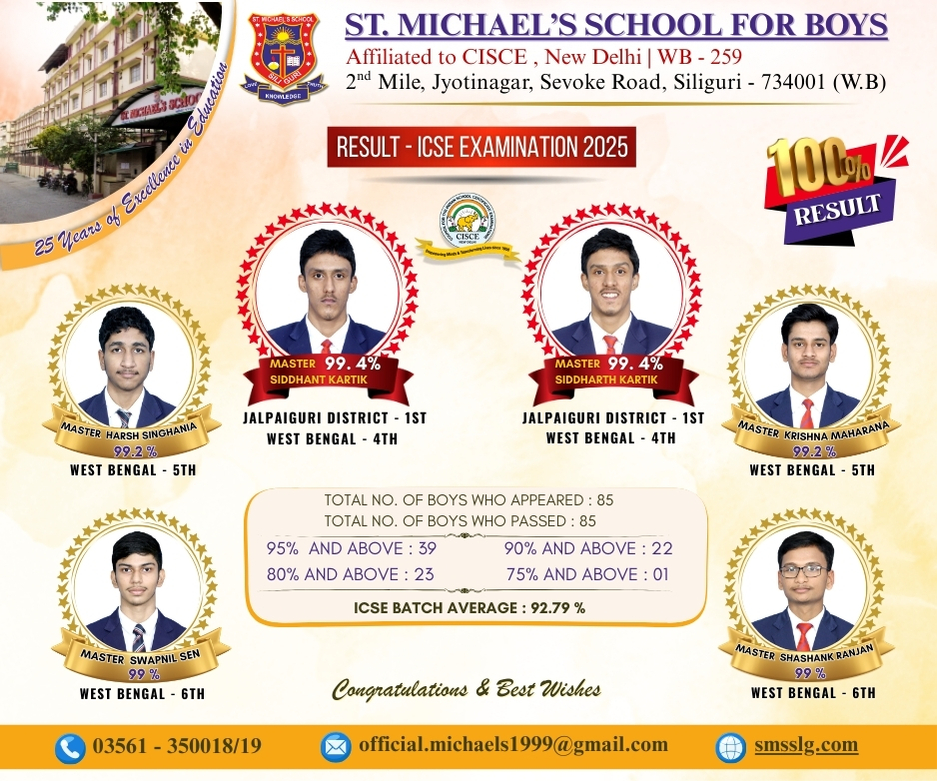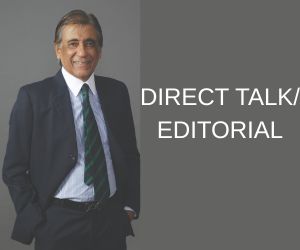The survey conducted by LILRNEasia gathered responses from school-going children between the age of 5 and 18. The study was conducted by LIRNEasia and ICRIER, and funded by IDRC through a joint grant given to three regional think tanks: LIRNEasia, Research ICT Africa and Instituto de Estudios Peruanos. The survey findings were released at a virtual launch event on November 12.
The sample for the survey consisted of 7,000 households across India including 350 villages and wards in various states. The sampling methodology was designed to represent data that allows for disaggregation by urban or rural divide, gender and socio-economic classification at the national level and at the state level for 4 focal states, Delhi, Assam, Tamil Nadu, and Maharashtra.
The 2021 survey showed that access to education was greater among students residing in urban areas, from wealthier families, where families had educated household heads and those in higher grades.
Only 55% of students (who received some education) participated in live (real-time) online lessons, while 68% watched recorded video lessons and 75% had information and assignments communicated to their smartphones through channels such as WhatsApp or social media platforms. With sustained efforts from the school and students to keep the communication channels active, it was found that 58% of these students also had contact with schools through offline channels, with information and assignments being physically delivered to their homes. The other 80% of children, however, were denied access to education.
The groups of parents who could afford access to education had a different set of challenges from those who could not. Among the privileged, challenges were that their children were not being attentive, schools being unprepared to deliver online education and high data costs. Meanwhile, the most cited challenges of those who didn’t receive education were poor connectivity (3G and 4G signal) in their area, and insufficient devices at home to meet the competing needs of all their family members.
“The pandemic made the education gap worse, impacting students from disadvantaged households the most. But it wasn’t just a connectivity problem – schools were caught off-guard and were not prepared to deliver online lessons in the first round of lockdowns. Luckily things did improve in the subsequent shutdowns. But unless a mix of real-time online and self-directed learning and meaningful feedback is provided, the learning gaps probably were not bridged” said the CEO of LIRNEasia, Helani Galpaya.
